Kawasaki have done it, they have launched a true HEV motorcycle. A world first. Big Al heads to Barcelona to put the new Ninja 7 Hybrid to the test for us. Check out his full review... Pics: Kawasaki EU
Sometimes when you ride an all-new bike, it takes a bit of time to get your head around it all. But in all my years testing motorcycles, nothing has been as interesting and different as the new Kawasaki Ninja 7 Hybrid. Here is our review on this amazing HEV motorcycle.

“The system then uses that power to help the petrol engine out, reducing fuel consumption and emissions, while keeping the performance of a bigger engine.”
But Al, what the hell is a hybrid bike? Glad you asked. Well, if you’ve ever driven a Toyota Prius, you’ll probably know the basics. The Toyota car has a small petrol engine, with an electric traction motor built into the transmission, and a battery pack. As you drive, the powertrain captures energy when you slow down or brake, and uses that to charge the battery.
The Ninja 7 has a small 451cc, 43.5kW parallel twin petrol engine, with a 9kW electric traction motor attached to the gearbox input shaft, connected to a battery pack under the seat.
The system then uses that power to help the petrol engine out, reducing fuel consumption and emissions, while keeping the performance of a bigger engine. There are lots and lots of hybrid cars out there, in fact our Editor reviews HEV’s in his car testing life for ExhaustNotes.com.au and rates them.
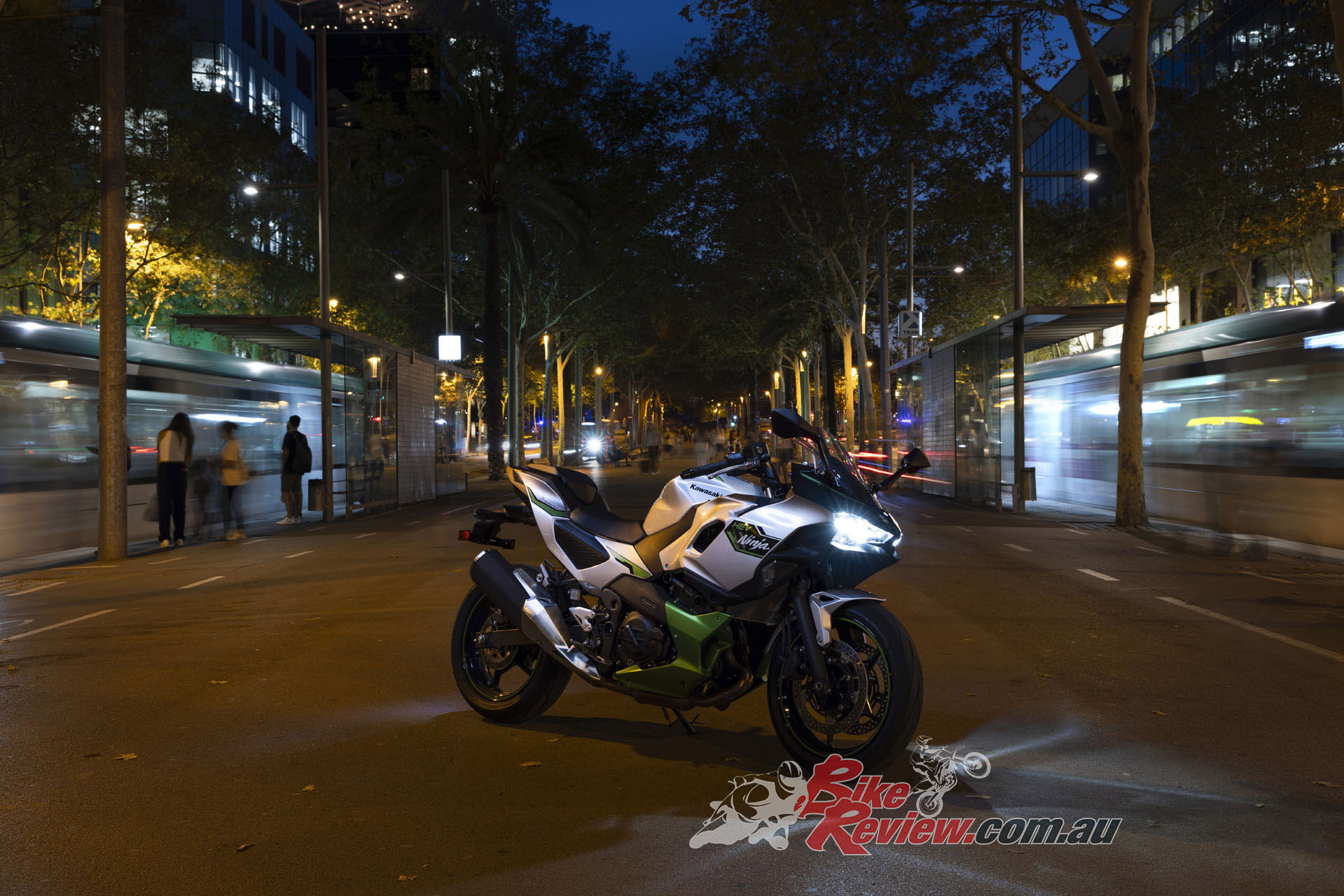
“Clever software controls an automatic clutch and gearbox setup, which allows three different riding modes.”
And that, in a nutshell, is what the new Ninja 7 does. The Ninja 7 has a small 451cc, 43.5kW parallel twin petrol engine, with a 9kW electric traction motor attached to the gearbox input shaft, connected to a battery pack under the seat. Clever software controls an automatic clutch and gearbox setup, which allows three different riding modes.
That includes a battery-only EV mode with a top speed of 60km/h and limited range, an Eco Hybrid Mode with stop-start petrol operation and automatic or manual gearshift, and a Sport Mode, where the engine stays on all the time, with the electric motor boosting performance, and manual gears. Oh, and Sport Mode also has an ‘E-boost’ button which gives an instant hit of full torque from the electric motor for five seconds at a time, providing the full 51.1kW hybrid output.

“Oh, and Sport Mode also has an ‘E-boost’ button which gives an instant hit of full torque from the electric motor for five seconds at a time, providing the full 51.1kW hybrid output.”
Got all that? Me neither, as I sit, puzzled, in a hot meeting room in Barcelona. We’re getting an in-depth briefing before we start this morning, and the very nice Japanese engineers are keen to make sure we’ve got this new bike totally straight in our minds. Luckily, at the end they cheer us right up with a video of the Ninja 7 taking on a ZX-10R from a standing start, and kicking the superbike’s arse, for the first 50 metres at least. Interesting…
A video of the Ninja 7 taking on a ZX-10R from a standing start, and kicking the superbike’s arse, for the first 50 metres at least. Interesting…
Outside, and there’s a line of shiny new Ninja 7s waiting for us. Normally on a bike launch the machines are all sat idling away at this point, but we’re to set off in battery only Mode, partly to try it out, and partly to keep the patrons of the Chi-Chi Hotel happy. I jump on my bike, settle in, adjust the brake lever span and we’re all set to follow the lead rider in a silent queue of green and silver e-motos.

“I jump on my bike, settle in, adjust the brake lever span and we’re all set to follow the lead rider in a silent queue of green and silver e-motos.”
The EV mode is a lot better than I was expecting. It uses the first four gears of the transmission in Automatic Mode, so the bike clicks up and down the gears underneath you with no input needed. It hits 60km/h in short order, and is more than quick enough to keep ahead of cars and buses. We change into Eco Mode after a few km before we hit the Barcelona ring road, and head up to our first stop, at a large open car park by the docks.
Here, the engineers have set out cones making a course to test out the different riding modes, and sample the E-boost acceleration off road. It’s a good move: I’m still working my way through all the modes, and how to change between them, so an hour or so getting my head around it in relative safety makes a big difference. I’m able to select EV, Eco and Sport Modes, get a few little drag-runs in with the E-boost button and Sport Mode, and click between manual and automatic gearshift in Eco mode.
Brain full of new stuff, we head out for a proper ride at last. The lead rider takes us up the coast, then heads inland for some sweet mountain roads towards the Montmelo circuit at Catalunya. We’ve got plenty of range – one big advantage of the hybrid system over a battery bike is plenty of range – and the dash tells me I have more than 350km left, thanks to a 14-litre petrol tank, 4l/100km consumption and the fully charged battery pack assisting.
“One big advantage of the hybrid system over a battery bike is plenty of range – and the dash tells me I have more than 350km left”…
And it all works pretty well. The Ninja 7 is about on par with something like a Ninja 650 in terms of riding performance on the road. It’s quite nippy away from a standing start, especially in Sport Mode, and though the grunt tails off as the speeds increase, it’s not slow at all.
The E-boost button really does give a kick in the pants, which perhaps feels sharper thanks to its instant on/off nature, but it’s a useful little tool. When we get up into the hills and the roads get twistier, the E-boost helps if a bend tightens up, and you have to slow down and are in too high a gear. Rather than change down, you can just hit the button and power on out of the bend.
The chassis is playing its part well enough. One look at the spec shows you what it’s aimed at: easy sporty-road action, rather than razer-sharp track performance. The suspension is soft and bouncy, but not in a horrible way, while the slightly-squidgy brakes have just about enough stopping power. The feared weight problems don’t seem to appear though: the Ninja 7 weighs in at 227kg wet, around 34kg more than a Ninja 650, but it’s carried in a good place around the centre of mass, and you don’t really notice it once on the move. The wheelbase is around 125mm longer than the 650, so it would no doubt feel lazier back-to-back, but in isolation, it feels fine, nimble enough to change direction through a series of bends.
“The Ninja 7 weighs in at 227kg wet, around 34kg more than a Ninja 650, but it’s carried in a good place around the centre of mass”…
None of this is really the point though: the chassis is almost an afterthought here. And on the way back to the hotel, I sample the other side of the powertrain: the Eco Hybrid Mode. This is a full-auto life, with the petrol engine stopping when you come to a halt, the EV motor helping you get moving, and a generally easier, more civilised ride. When we head back to the hotel and hit the baking suburbs of Barcelona again, I appreciate the engine turning off and cutting the heat coming out of the motor. You feel like a Good Citizen too, waiting in clean, cool silence at a red light while schoolkids cross the road in front of you…
We get out on the Ninja 7 again the next morning for another half-day ride, and this time I’m 100 per cent ready. The new muscle memories of operating the automatic gearshift and switching Riding Modes have seeped into my mind, and I don’t go for a clutch or gear lever once. I also adapt to the slight pause in switching between modes, and the precise throttle positioning needed to shift gears.
The Ninja 7 will only shift up when you’ve got the throttle open, and down when it’s closed. Turns out I want to change gear in the ‘wrong’ circumstances a lot – but I adapt and move on. We get another fast mountain road blast, chasing the Kawasaki man who’s been riding here all week, and having a proper hoot on the little Ninja. Then, again, on the way home, I click into Eco Mode, and even switch to Battery Power only for the final few miles to the hotel, just as Kawasaki suggests.
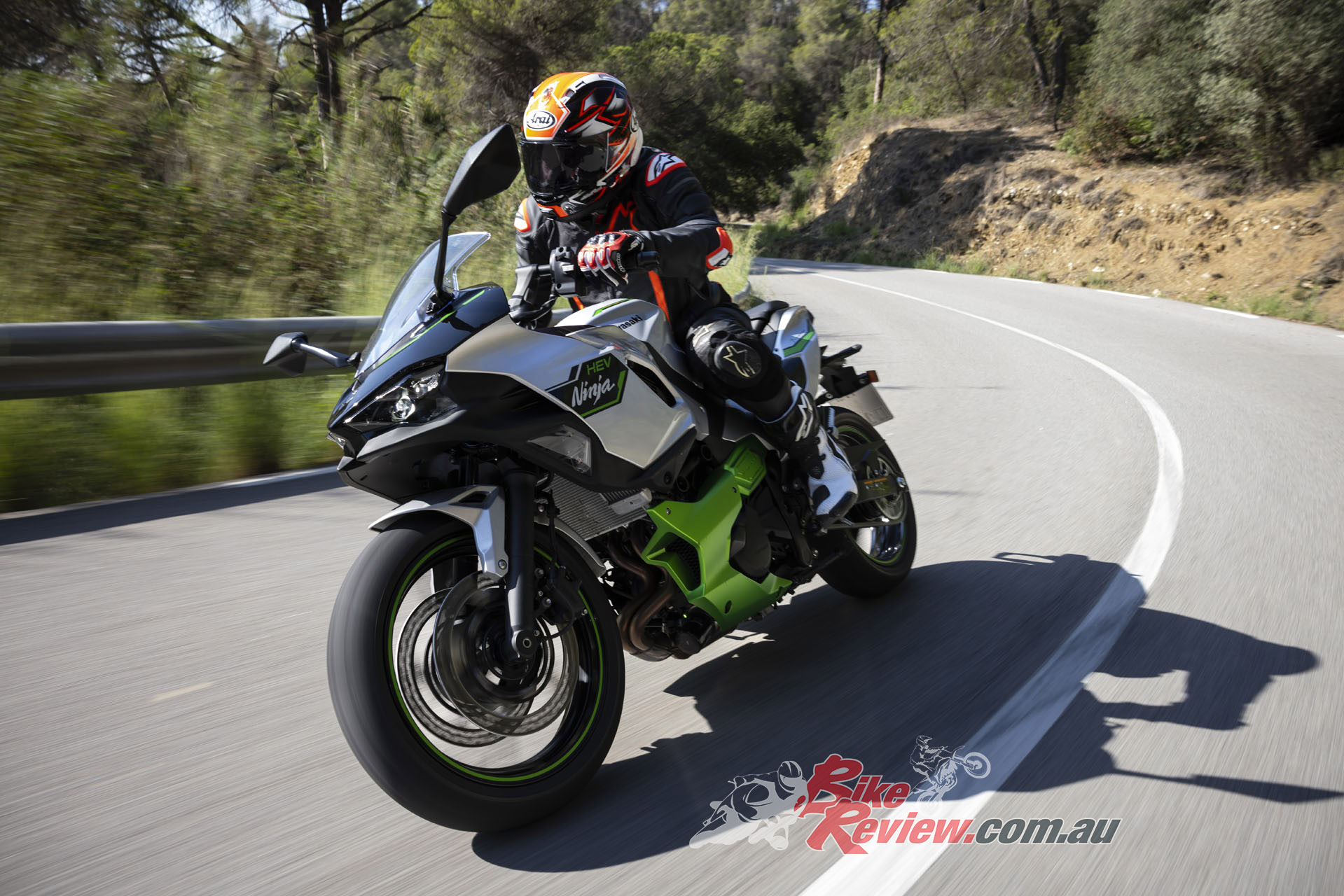
“The chassis is playing its part well enough. One look at the spec shows you what it’s aimed at: easy sporty-road action, rather than razer-sharp track performance.”
Sipping a cool beer over lunch, I try and sum up the new Ninja 7 in my mind. One thought that occurs is that they would probably have been better off building a Versys 7, with the same powerplant in a Versys 650 chassis. The Hybrid Power Modes would have suited an ADV bike perfectly, and it would surely sell in much higher numbers than the Ninja will. But the engineers all love sportsbikes they tell me later, laughing, so a Ninja it is! (We’d not bet against seeing a hybrid Versys soon, mind.)
CONCLUSION
As it is the new Ninja 7 really is a genuinely revolutionary design. The world’s first hybrid motorbike works well, with some very clever design and engineering, that manages to combine petrol and electric power in a useful, fun, real world fashion. It’s not cheap, it’s not light, and it’s not brain-out fast. But it is a very interesting look at what the future might look like.
TECH TALK NINJA 7 HYBRID
Powertrain
The Ninja 7 powerplant is made up of two halves: a petrol engine that’s based on the new EL500 Eliminator unit, with 451cc capacity, DOHC 8V head, and ride-by-wire fuel injection with 36mm throttle-bodies. It’s all fairly normal till you get to the clutch, which is an electrically-operated setup, controlled completely by an ECU.
Behind the clutch drum is a chain drive, which connects the electric traction motor, which is mounted above the gearbox (in a similar place to the H2 engine’s supercharger). That drive is constantly connected, so the electric motor always has the chance to deliver torque to the rear wheel when in gear. Meanwhile the computerised clutch lets the ECU disconnect the petrol side and turn it off, giving the stop-start function in Eco mode, and the battery-only EV mode.
One slight weirdness is that when you come to a halt, the ECU holds the clutch in, and it keeps it disengaged when you turn off, whatever gear you’re in. So there’s no way to leave the bike in gear: parking on a slope needs care, and you could argue it needs a parking brake.
So there’s no way to leave the bike in gear: parking on a slope needs care, and you could argue it needs a parking brake…
The traction motor is the same basic permanent-magnet synchronous unit as used on the Ninja and Z e-1 battery-powered bikes recently launched. But on the Ninja 7, it has a liquid-cooling circuit, with a small extra radiator mounted in front of the main petrol engine radiator. There’s also an electric starter motor on the petrol side, which is an advanced integrated starter generator (another first on a bike). It’s powerful enough to quickly start the engine in stop-start Eco Mode, and also generates electricity to charge the 48V traction battery when you’re braking or slowing down.
Battery
The 48 volt battery weighs 13kg and is mounted below the rider’s seat. The Ninja 7 isn’t a so-called ‘plug-in hybrid’ so owners can’t pre-charge the battery before a ride, it’s only charged while the bike is moving. We’d not be surprised to see hardcore EV hackers fitting a charging port though: you could save a lot of gas on short or medium commutes if you started each trip with a full battery.
The 48 volt battery weighs 13kg and is mounted below the rider’s seat.
Riding Modes
There are three basic modes: EV only which turns the petrol engine off entirely and uses the traction motor and battery. Range depends on how full the battery is when you start, it will do 60km/h, and the bike uses the first four gears. The other EV feature is the so-called ‘Walk’ Mode, which uses the electric motor, limited to 5km/h, but also adds a reverse function, aimed at making it easier to park or manoeuvre at slow speeds.
Next, there’s the Eco Hybrid Mode, which you can use with automatic or manual gearshifts. Here, the petrol engine stops when you come to a halt, and when you pull away, the electric motor gets you moving, before the petrol engine starts up again and kicks in. The electric side helps out with acceleration, but is focused on saving fuel rather than going faster.
Finally, there’s Sport Hybrid Mode. Here the petrol engine runs full-time, and the electric motor kicks in as a performance aid, while also still helping with fuel consumption. It’s manual-only on the gearchange, which the engineers say was a conscious choice to give you a more involved, sporty experience, and you also have access to the ‘E-boost’ button function. Pressing the button when the throttle is open instantly chucks the entire 9kW electric motor output into the gearbox input shaft, like a mini-shot of electric nitrous…
Pressing the button when the throttle is open instantly chucks the entire 9kW electric motor output into the gearbox input shaft, like a mini-shot of electric nitrous…
Electronics
The different riding modes are controlled by four buttons on the left-hand bar, and everything is displayed clearly on the 4.3in colour TFT dash. There are also a pair of gearchange paddles on the left for up and down shifts – there’s no manual gear or clutch levers at all.
You get a basic non-cornering ABS setup and no traction control at all. The engineers said they didn’t think traction was needed on this bike. Cruise control is also missing, and I’d have liked to have seen that: with the automatic transmission Eco Mode, having cruise would add another layer of laziness to the experience… We’d expect cruise, traction and cornering ABS to feature in future hybrid designs – there’s no reason why they couldn’t be incorporated.
Chassis
Understandably, the engineers have put all their effort into the powertrain, and the chassis is fairly anonymous soft road-sports kit, as seen on the likes of the Ninja 650 and Ninja 400. The forks and brakes are the same as on the 650, but with 300mm plain discs instead of petal designs. The preload-only rear monoshock and simple box-section swingarm looks similar to the Ninja 400, but the swingarm is longer to improve handling and grip with the extra torque of the hybrid powerplant. And the steel tube trellis frame does a solid job of holding it all together.
2024 Kawasaki Ninja 7 Hybrid Specifications
Price & Availability: TBC Aus (UK is £12,000 )
Warranty & Servicing: TBC Aus
Colours: TBC Aus
Claimed Power: 54kW[72hp]@9000rpm
Claimed Torque: 68Nm[43ft-lbs]@6500rpm
Kerb Weight: 227kg
Fuel capacity: 14L
Fuel Consumption (measured): 3.7l/100km (Eco Hybrid Mode), 4.0l/100km (Sport Hybrid Mode)
Engine: Liquid-cooled, DOHC, parallel-twin, four-stroke, four-valve, 70 x 58.6mm bore x stroke, 451cc, 11.7:1 compression. Built-in electric traction motor with 9kW output and direct drive to gearbox input shaft Gearbox: Six speed automatic with manual override Clutch: Wet, multiple disc, ECU-controlled with automatic operation.
Chassis: Frame: Steel tube trellis
Rake: 25º Trail: 104mm
Suspension: 41mm RWU forks, non-adjustable, 120mm travel (f), preload-adjustable rear monoshock, 114mm travel (r)
Brakes: 300mm rotors (f), twin-piston Nissin calipers and conventional master-cylinder, 220mm rotor (r), twin-piston Nissin caliper
Wheels & Tyres: Cast alloy wheels with Dunlop Sportmax Q5A 120/70 – 17in (f), 160/60 – 17in (r)
Dimensions:
Seat height: 795mm
Ground clearance: 130mm
Overall width: 750mm
Overall Length: 2145mm
Overall height: 1135mm
Wheelbase: 1595mm
Instruments & Electronics: Full-colour TFT dash, Riding Modes, 4.3i. TFT, ABS
Editor’s Note: If you are reading this article on any website other than BikeReview.com.au, please report it to BikeReview via our contact page, as it has been stolen or re-published without authority.
2024 Kawasaki Ninja 7 Hybrid Gallery
The Verdict | World Launch: 2023 Kawasaki Ninja 7 Hybrid, Full Test

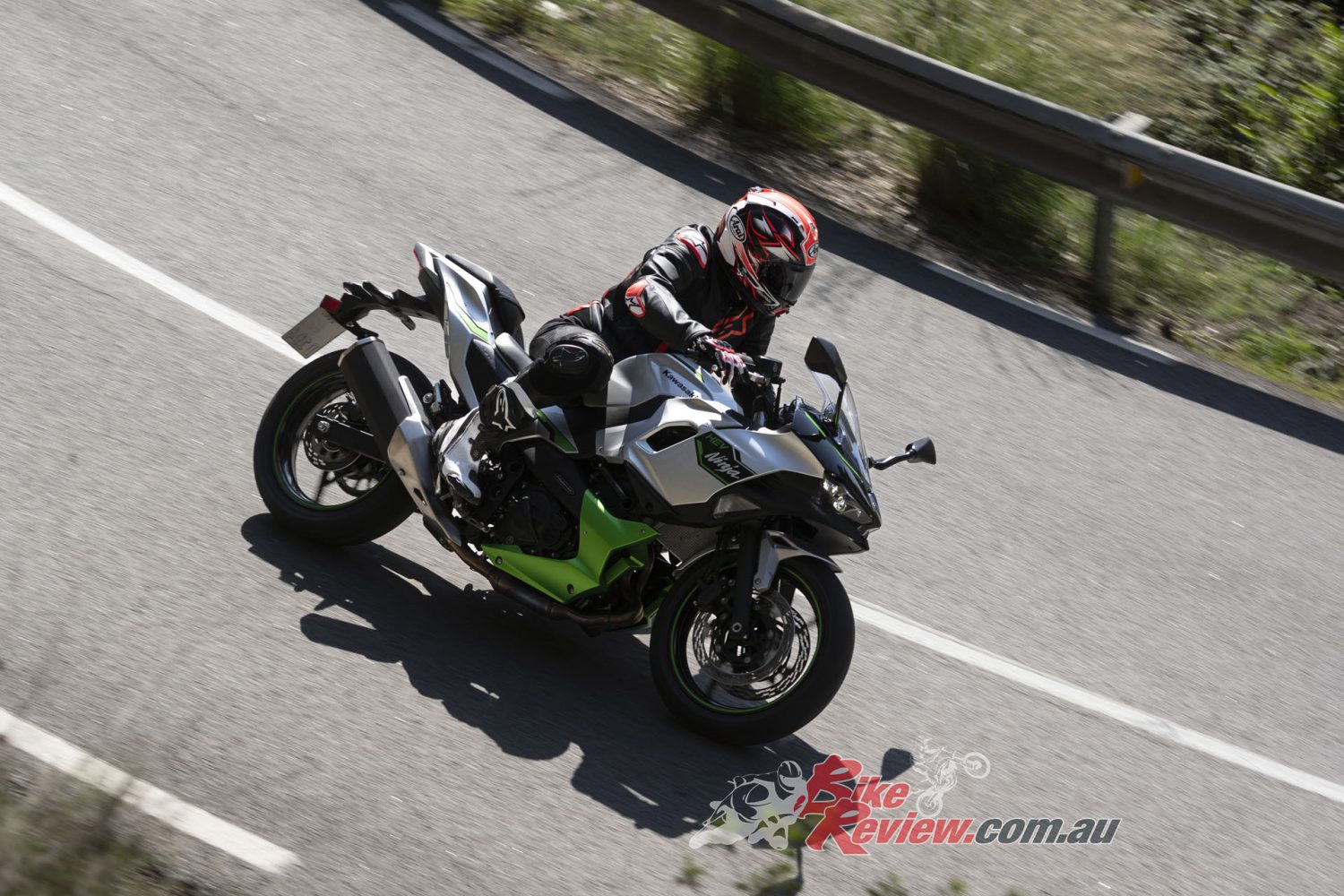


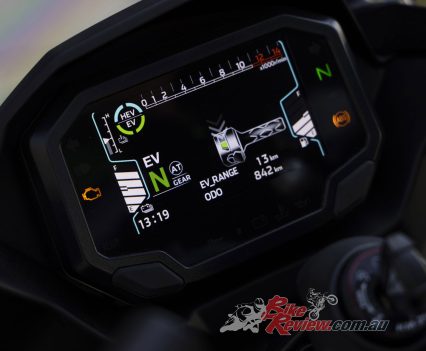
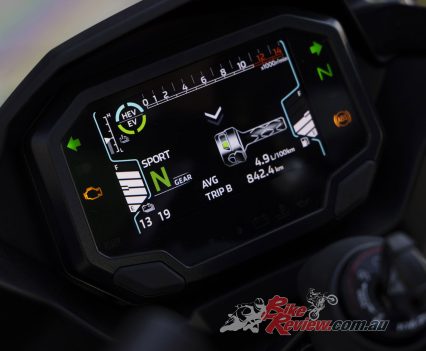
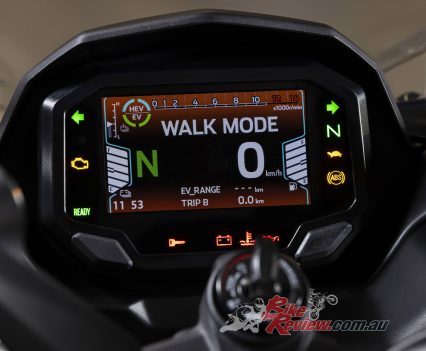


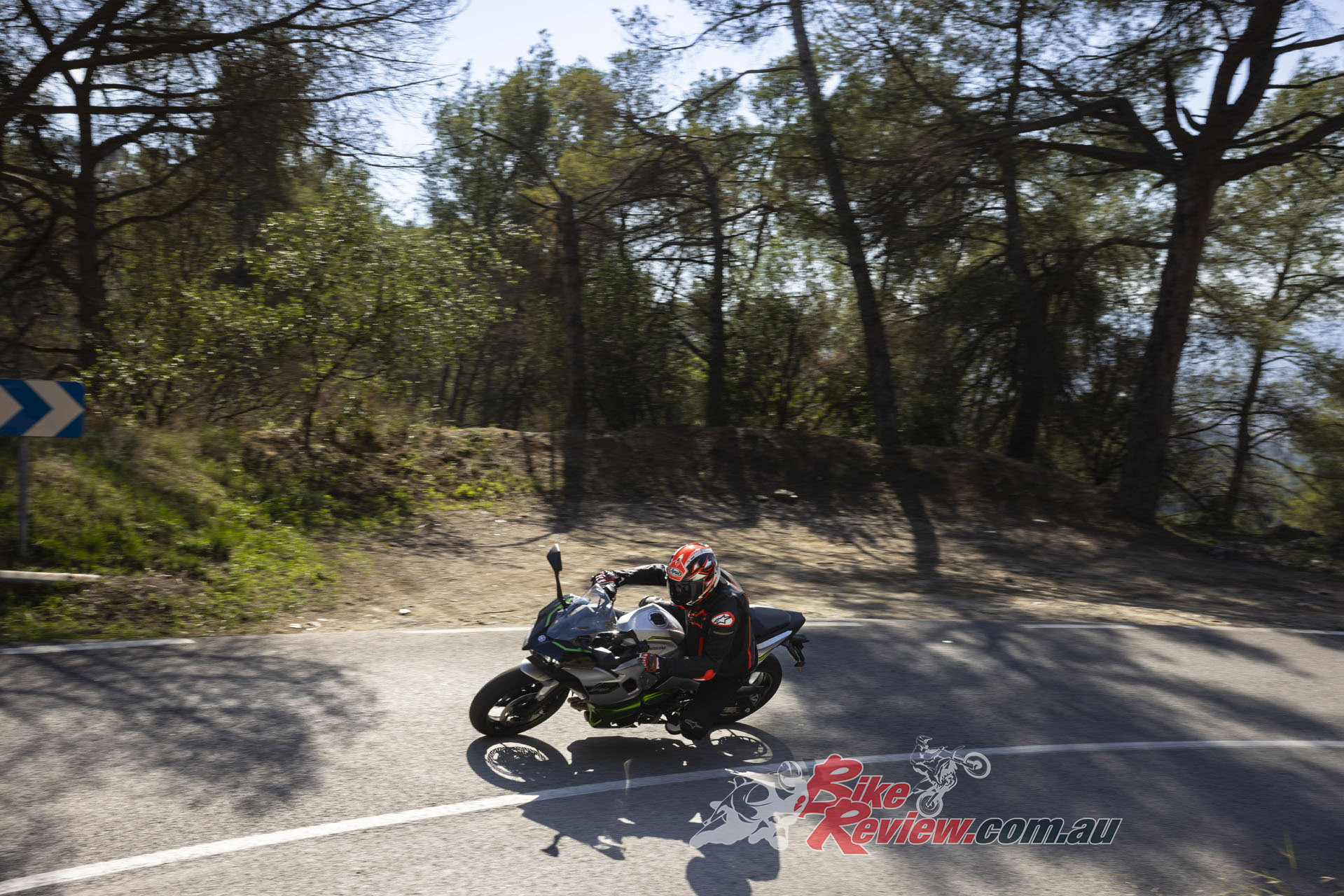
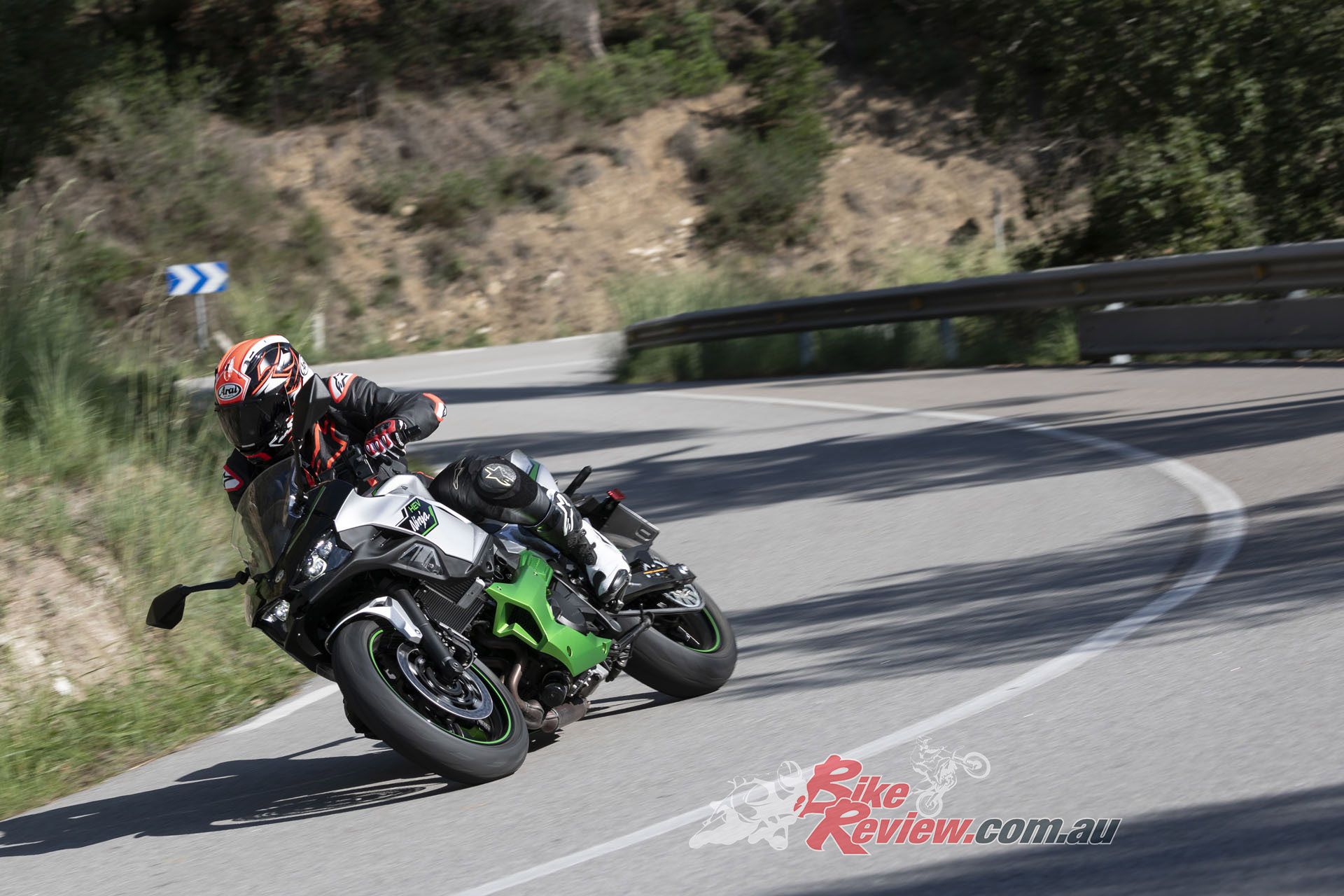


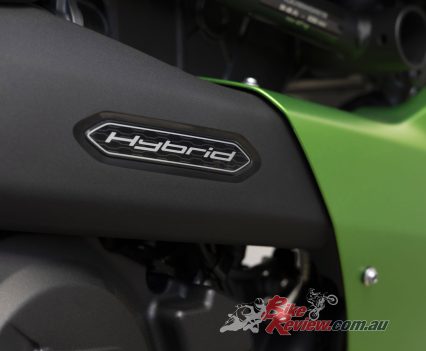
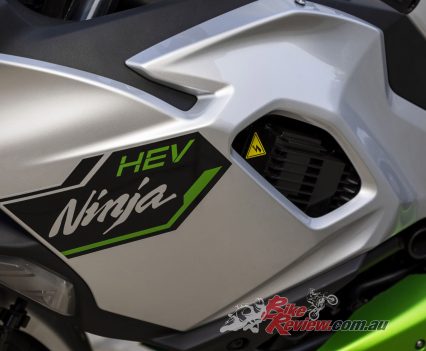
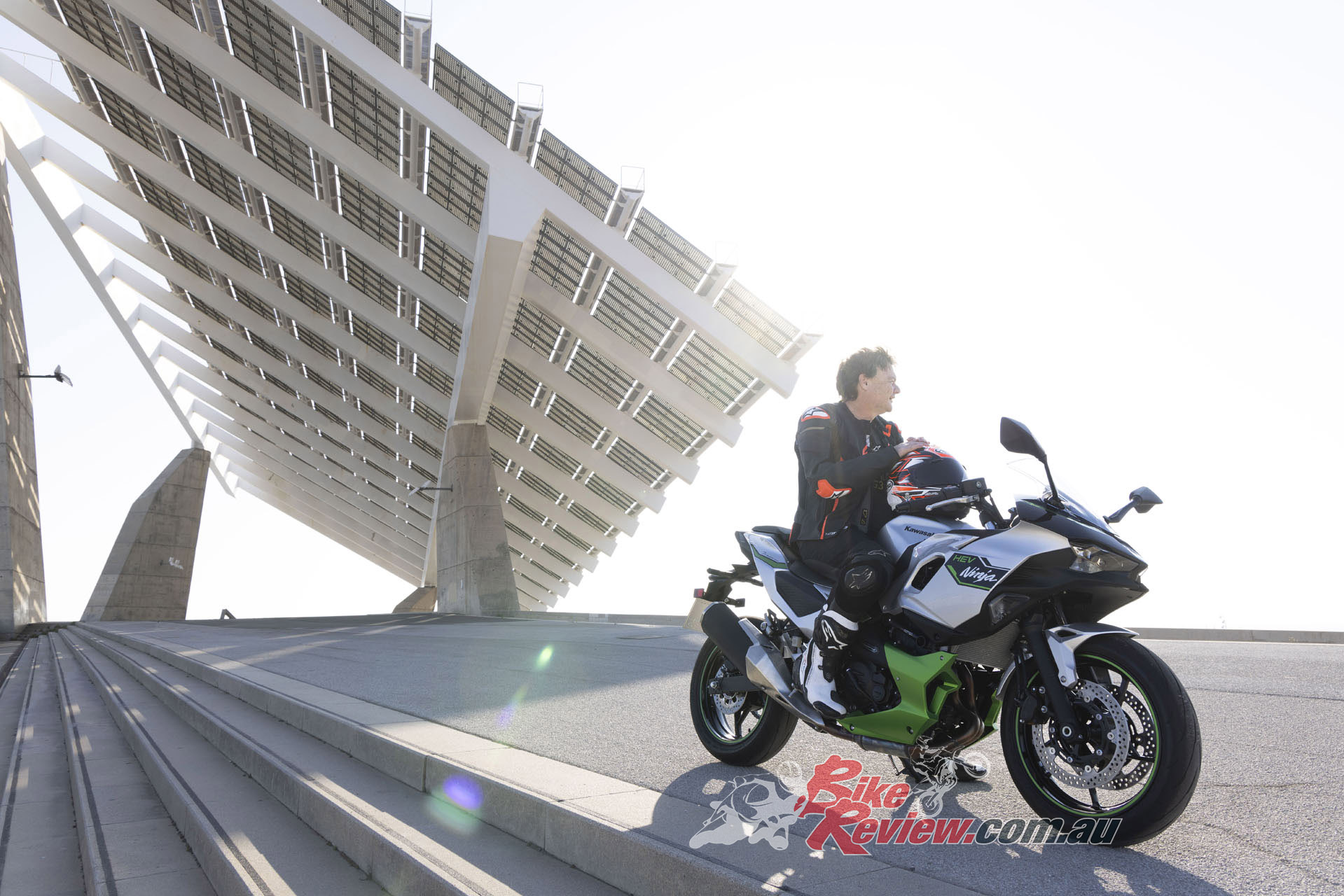
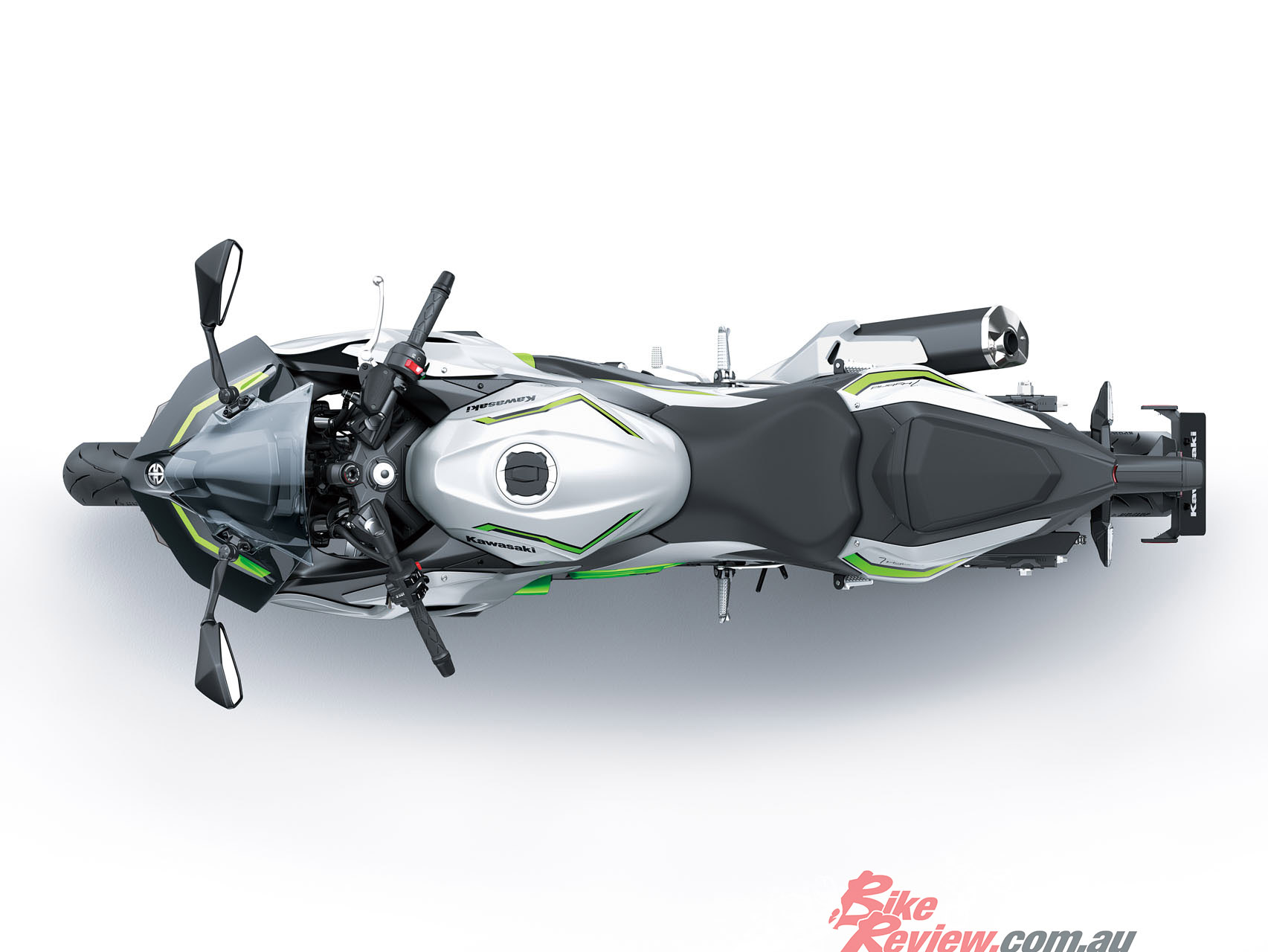
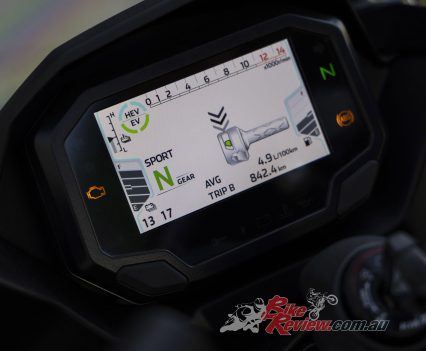

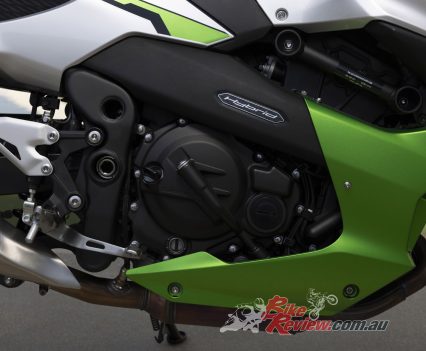


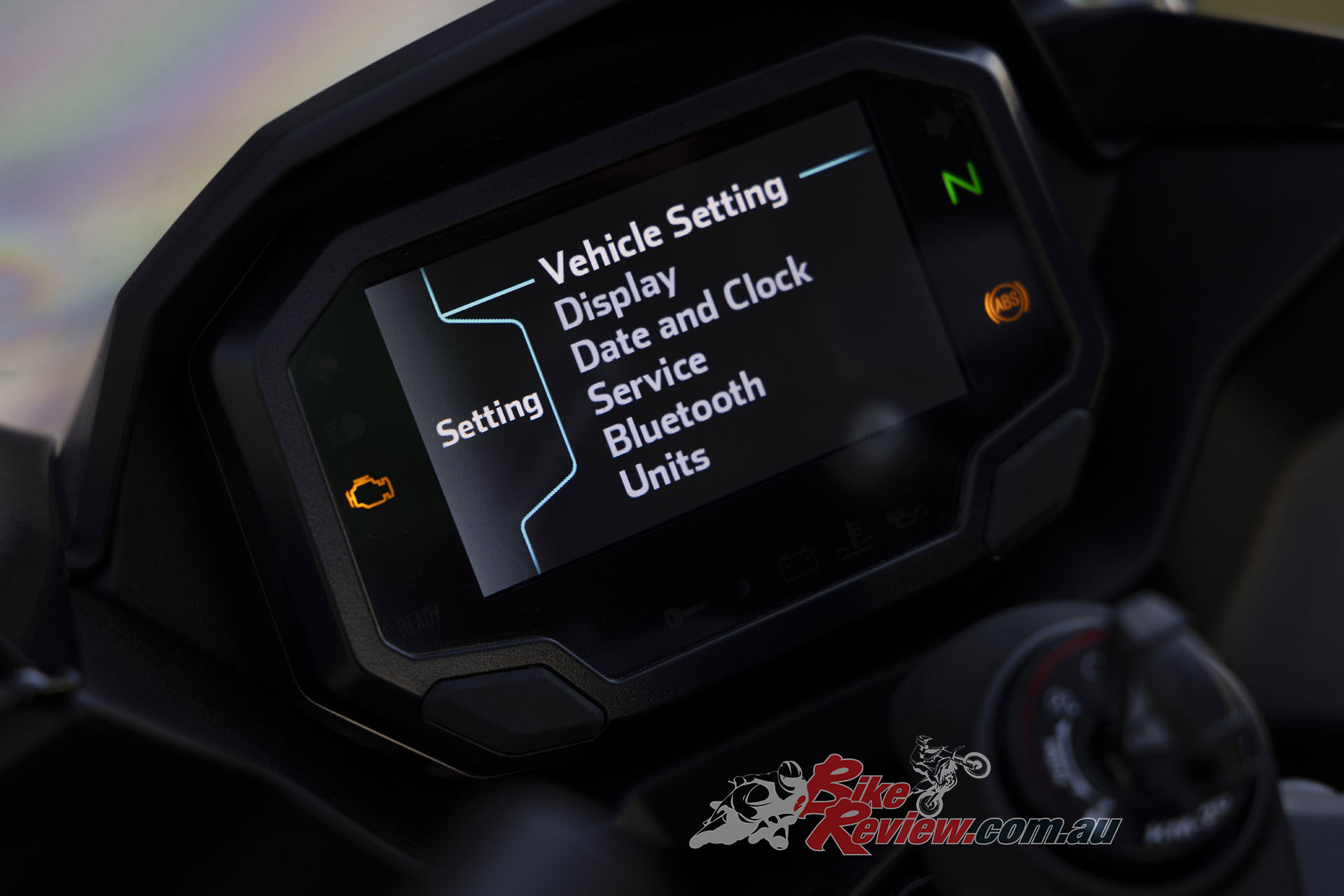
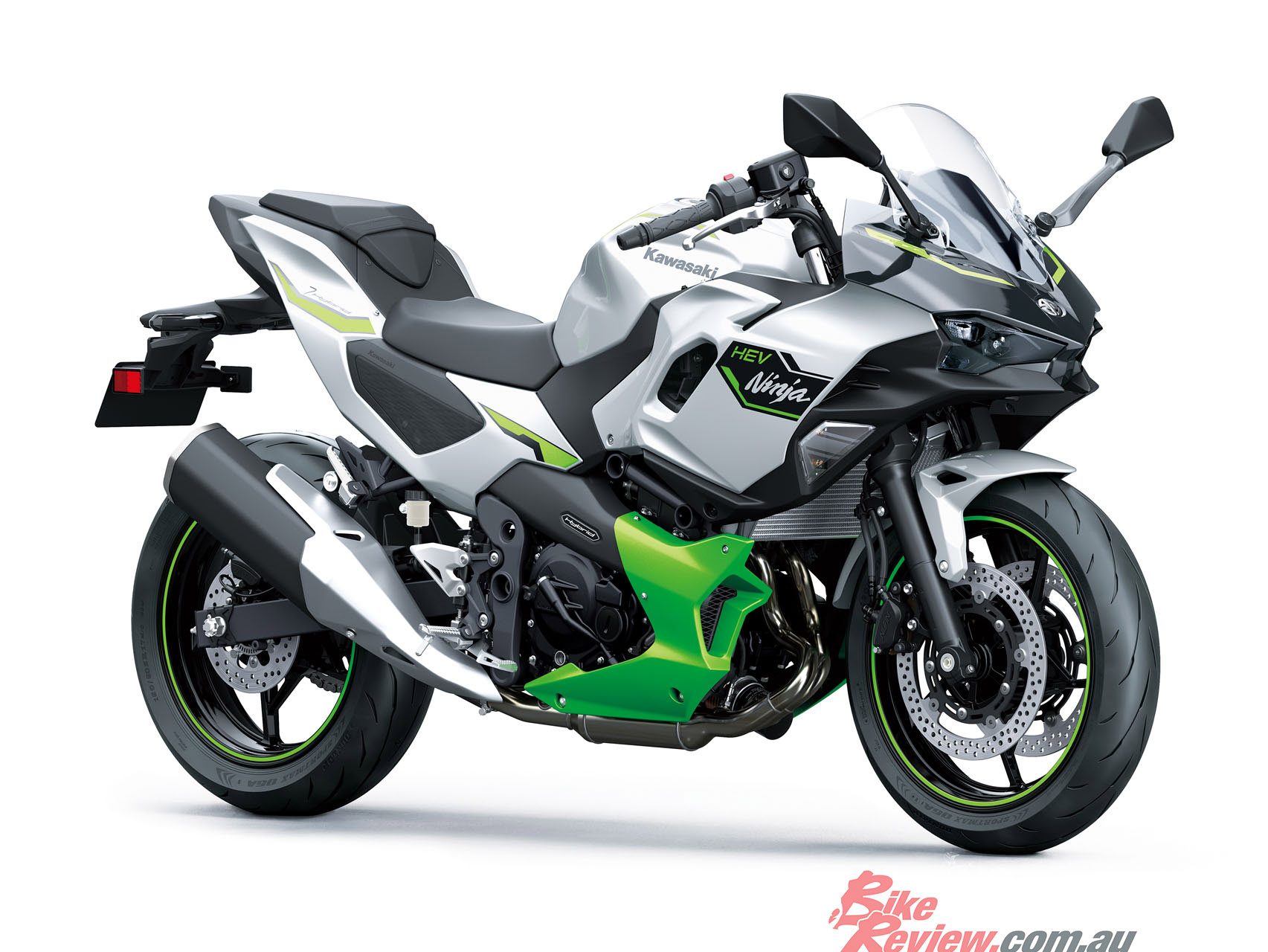

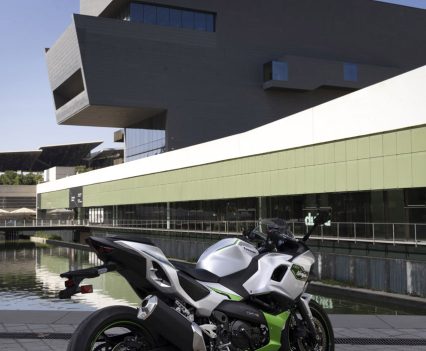

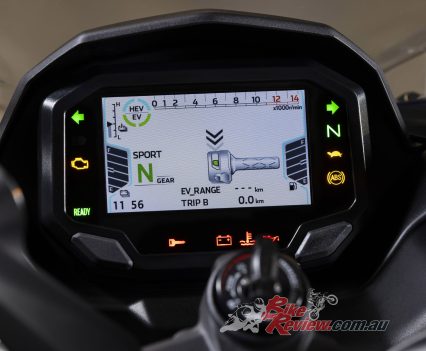
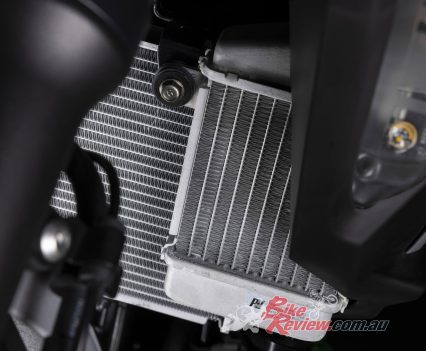


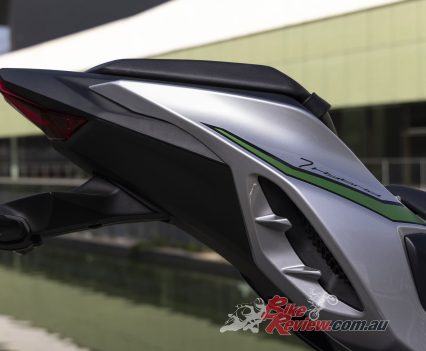
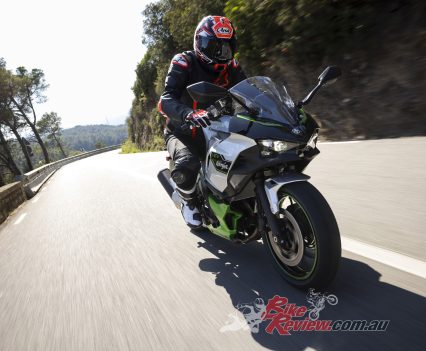

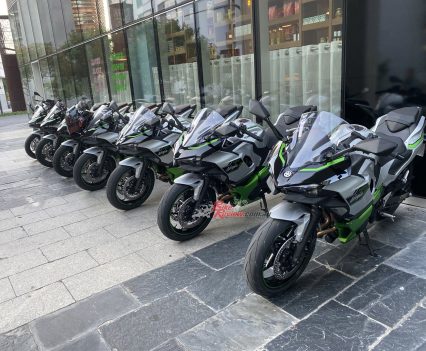
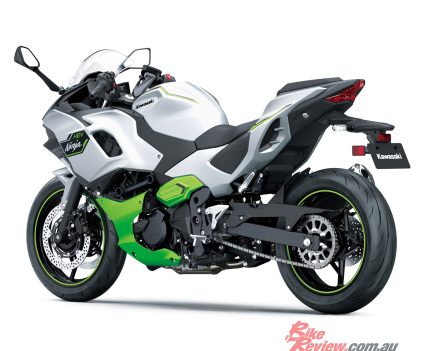
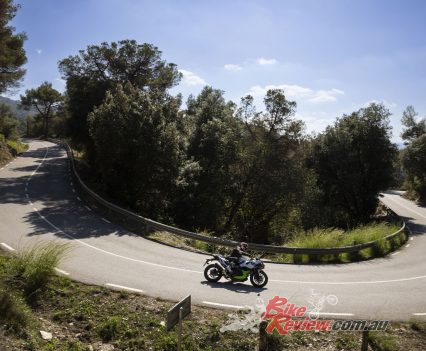
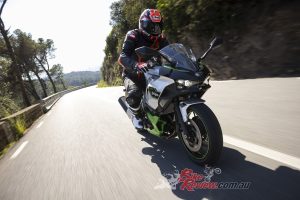
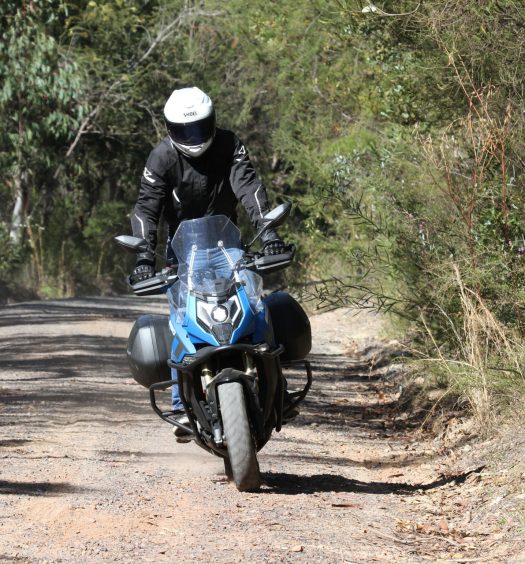
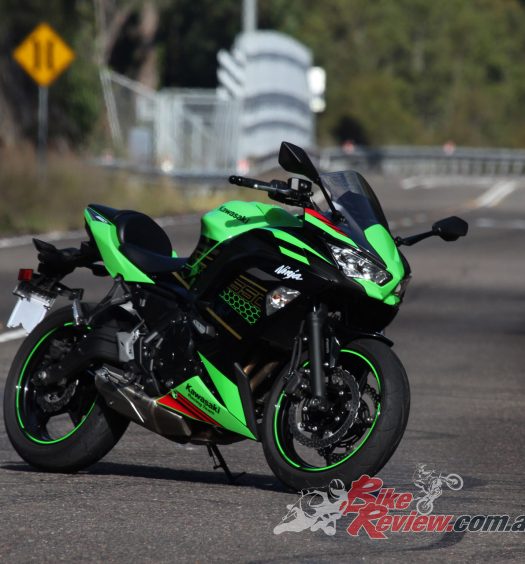

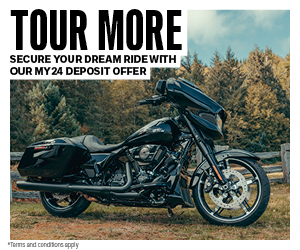
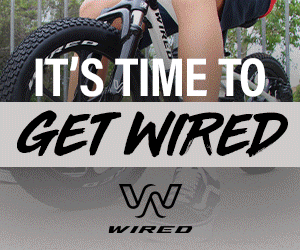
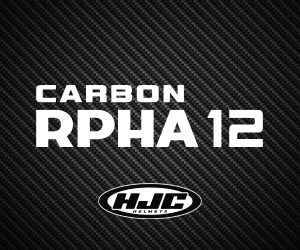










October 19, 2023
Big Shock coming for Kawasaki.
Most riders see Climate Change as another hoax by Globalists.
The phrase
” A solution to a problem that does not exist”
This takes the cake.
October 19, 2023
Hybrid power provides other advantages over being eco-conscious.
The fastest race cars in the world that are used in the WEC are hybrid.
This more signifies an opportunity to extract performance out of that extra electric motor. It might not be a lot now, but it’s a stepping stone…
-Zane
October 19, 2023
Quote: “Most riders see Climate Change as another hoax by Globalists.”
Source please, or are you allergic to fact checking?